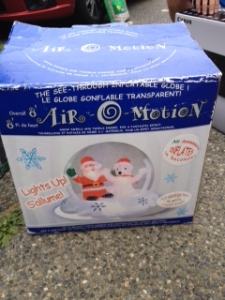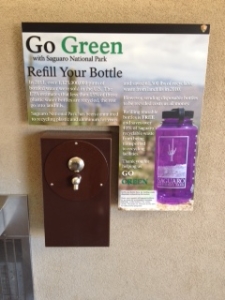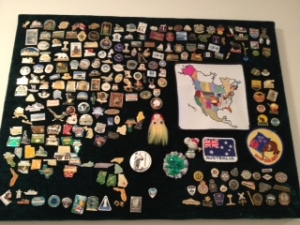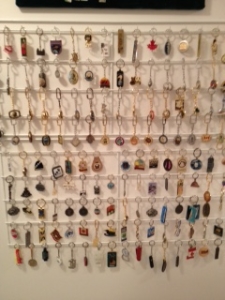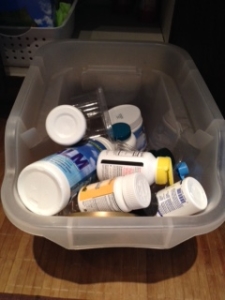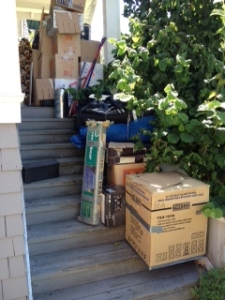The Three P’s of Time Management
Do you ever wonder how some people get so much done in a day, a week, a month a year while others seem to always be overwhelmed?
Do you think they have something you don’t?
Like a magic wand or something?
They don’t.
Part of the reason is because of impeccable time management. Part might be because they don’t put as much on their plate and part is definitely because they are organized.
Check out this short video on “The three P’s of Time Management and then read on for more timely tips.
Give these Three P’s to Time Management a try and let me know how you do.
P # 1: Process. This is where I recommend doing a mind dump. Write out everything that you feel you have to do or that your feel needs to be done or that you want to do. I am talking everything. Clear your mind of all the “to do” lists, appointments, responsibilities. Keep writing in no particular order.
Take a good hard look at each item on that to do. Is it really that important? Can it wait? If so, for how long?
Be sure to put dream items on there like going to yoga.
P # 2 Prioritize. So you have your master list of things you feel you have to do, need to do and want to do. Now let’s look at that list and put an A beside the line items that only you and you alone can do. For example, go to your job or breast feed your new born. Attend yoga. Read a report or help a child with homework
Put a B beside the line items that you could do if you really had to however they are items that could be delegated. House cleaning, ironing, laundry. Or they are lower priority items for example social media surfing.
Now put a C beside the items that for sure you can delegate. Items that if they did not get done by you the earth would not stop. Example: make homemade jam or cookies.
P # 3 Picture. Picture your weekly plan sheet filled in with exactly the things on it that you want to do, need to do and have to do. Starting with your highest priority which would include time for you. Picture yourself having great time management. Picture yourself taking time to relax or time for yoga. Picture yourself being on time for all of your appointments.
PS: Book your 15 minute discovery session today to find out your biggest time buster
604-520-9550

